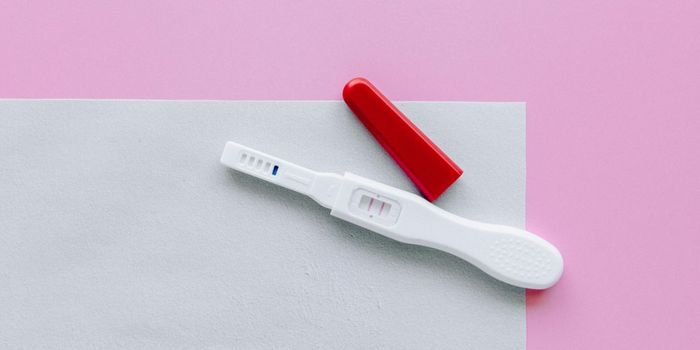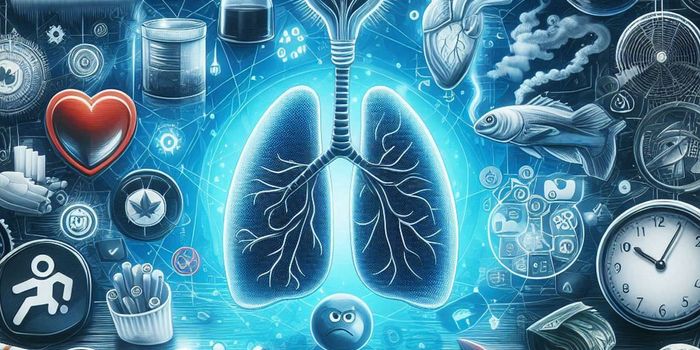Depressed People Have Different Levels of Lithium in Their Brains
Researchers at the Technical University of Munich have found that lithium is distributed differently in the brains of people who are depressed and in healthy individuals.
Lithium has been linked to mental health outcomes for some time. Studies have shown that a higher natural lithium content in drinking water is associated with lower rates of suicide. Meanwhile, high concentrations of lithium salts have been used for decades to treat mania and depressive symptoms. Despite its use in and associations to mental health however, how lithium works against depression is unknown.
For the study, the scientists investigated the brain of a suicidal patient and two healthy controls post-mortem. In particular, they focused on the ratio of lithium concentration in white brain matter to that in grey brain matter. All in all, they analyzed 139 samples from different brain regions using a technique called the neutron-induced coincidence method (NIK).
In the end, the researchers reported significantly more lithium present in the white matter of healthy people than in gray matter. By contrast, the suicidal patient had a balanced distribution of lithium in both gray and white brain matter. They also had different distributions of lithium in the thalamus, associated with changes in emotional reactivity, and Brodmann Area 25 (BA25), an area of the brain previously found to be overstimulated in cases of treatment-resistant depression.
“Our results are fairly groundbreaking, because we were able for the first time to ascertain the distribution of lithium under physiological conditions,” says Dr. Jutta Schöpfer, one of the study's authors.
“Since we were able to ascertain trace quantities of the element in the brain without first administering medication and because the distribution is so clearly different, we assume that lithium indeed has an important function in the body.”
The researchers added that due to their small sample size, further research is needed before their results are conclusive. They also said that, would more have been known about the patients’ lives in addition to having a larger sample size, they may have also been able to ascertain whether differences in lithium distribution in those with depression is a cause or result of the illness.
Sources: Neuroscience News, Nature Scientific Reports









